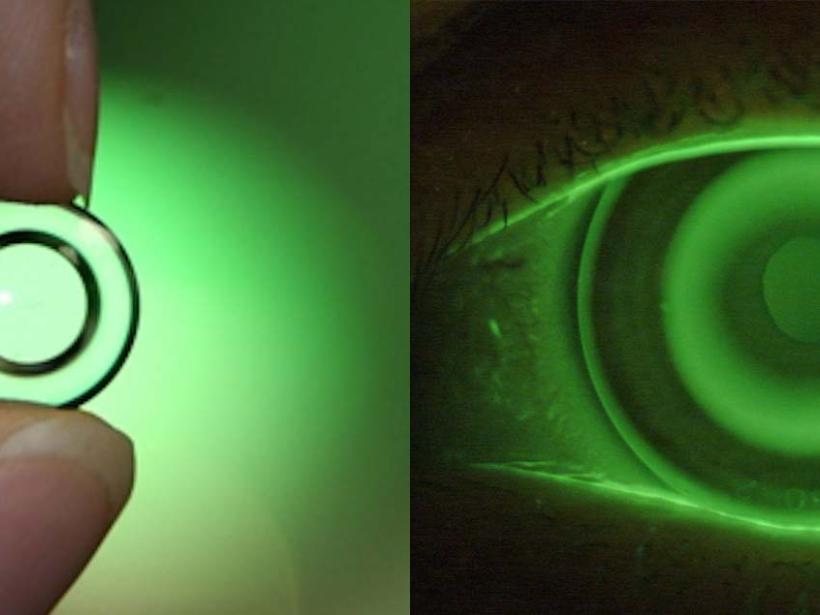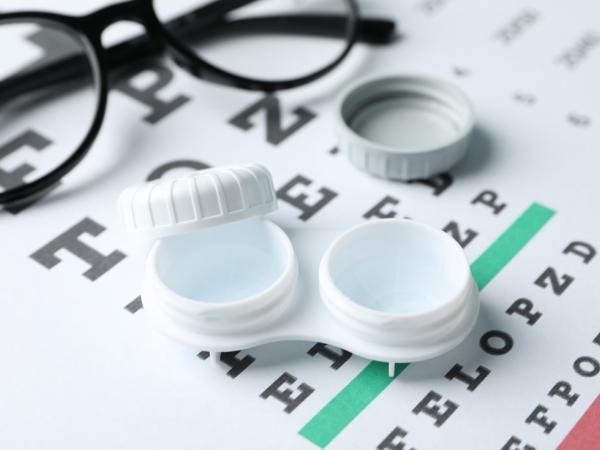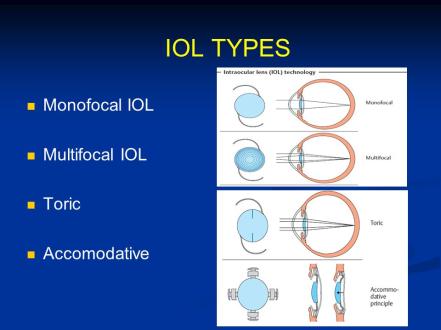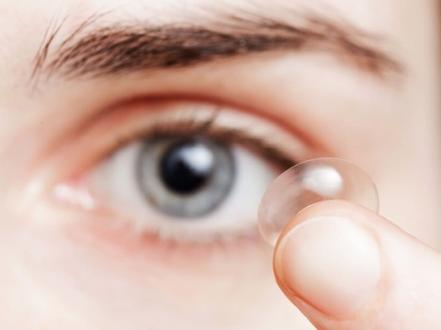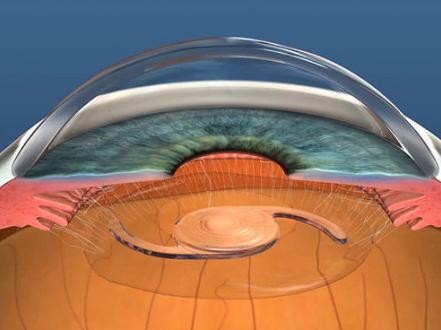Orthokeratology lenses (Ortho-K lenses or overnight contacts) are a non-surgical method for correcting refractive errors, which allows the patient to have high visual acuity during the day by changing the curvature of the cornea at night.
Orthokeratology lenses are placed on the cornea, just like regular soft contact lenses. However, these lenses differ in their structure. It is more rigid than conventional lenses and consists of two layers. The upper layer works the same way as a daytime corrective lens, while the inner layer has a dense and complex structure that changes the shape of the cornea. A special material called fluorosilicone acrylate is used to make overnight contact lenses. Fluor provides strength, while silicone allows oxygen to pass through the lens.
How do Overnight Ortho-K lenses work?
While the patient is sleeping, the orthokeratology lens, which has clearly defined parameters, exerts pressure on the cornea due to the rigid inner layer, changing the shape of the upper epithelial cell layer. This layer becomes flat so that when the lenses are removed in the morning, the patient has 20/20 visual acuity during the day.
This effect may last up to 72 hours, as the epithelial cells gradually regain their original shape.
Indications for the prescription of orthokeratology lenses:
- Myopia up to -6.5 diopters, astigmatism up to -1.75 diopters, and hyperopia up to +4 diopters;
- Adult patients with contraindications to laser vision correction;
- The patient's age is from 7 to 40 years old;
- Intolerance to soft contact lenses (e.g. allergies, corneal oxygen deprivation);
- People with certain specific professional activities: military, swimmers, specialists working in dusty or smoky conditions, etc;
- Children with progressive myopia.
Contraindications
In some cases, it is contraindicated for the patient to use orthokeratology contact lenses. Contraindications include:
- Inflammatory eye diseases (conjunctivitis, uveitis, keratitis);
- Corneal dystrophies;
- Keratoconus and keratoglobus;
- Significant corneal changes after trauma;
- Progressive glaucoma, cataract;
- lagophthalmos.
Selection of orthokeratology lenses
To choose overnight contacts it is necessary to consult an ophthalmologist, specially trained in this. For a correct and precise fitting of the lenses the doctor will carry out the following examinations:
- Keratotopography is a method of layer-by-layer evaluation of the cornea and determining the degree of a refractive anomaly;
- Keratometry is the measurement of the curvature of the cornea;
- Additionally an eye ultrasound examination (eye length is determined and myopia progression is monitored), fundus exam, and other examinations may be performed.
Also, the ophthalmologist selects a solution for orthokeratology lenses individually, based on the characteristics of the cornea, its sensitivity, and other parameters.
Ortho-K lens wear mode
- The lenses should be put on 10-15 minutes before bedtime.
- The optimal time to wear the lens is 6-8 hours.
- If a person works at night, then he puts on the lenses during the day, while sleeping.
- On the second day after the first use it is mandatory to consult an ophthalmologist. You need to come for an examination in the morning, wearing the lenses. Then it is recommended to visit a specialist once every three months.
- Depending on the degree of refractive error, after a period of adaptation,it will be possible to wear lenses once every two nights.
Complications and side effects
When wearing night contact lenses during the adaptation period (the first month) there may be such side effects as blurred vision, a slight double vision, glare in the dark.
If you follow the rules of hygiene, wearing habits, and the rules for handling lenses, complications often do not arise.
Otherwise, the following complications may develop:
- Keratitis, an inflammation of the cornea, is the most serious complication.
- Corneal edema.
- Dry eye disease.
- Redness of the sclera.
- Inflammation of the conjunctiva.
Benefits of overnight contacts
Among the advantages of Ortho-K lenses are:
- Safety (there is no discomfort or irritation if the lenses are properly fitted);
- Absence of oxygen starvation of eyes, which is observed when wearing conventional contact lenses;
- The integrity of the layers of the cornea is preserved;
- The tear exchange is not disturbed;
- The progression of myopia significantly decreases or completely stops;
- Wide age range for use;
- The lens is bought for one year;
- The desired effect is achieved during sleep, which is not noticeable for the patient and allows not to use vision correction during the day.
Disadvantages of Ortho-K lenses:
- The need for regular wear and careful lens care;
- The temporary effect of overnight contact lenses, as the patient's vision returns to its previous state when they are no longer in use;
- The need for an individual fitting of such lenses with the advice of a highly qualified ophthalmologist and the performance of special diagnostic procedures.
